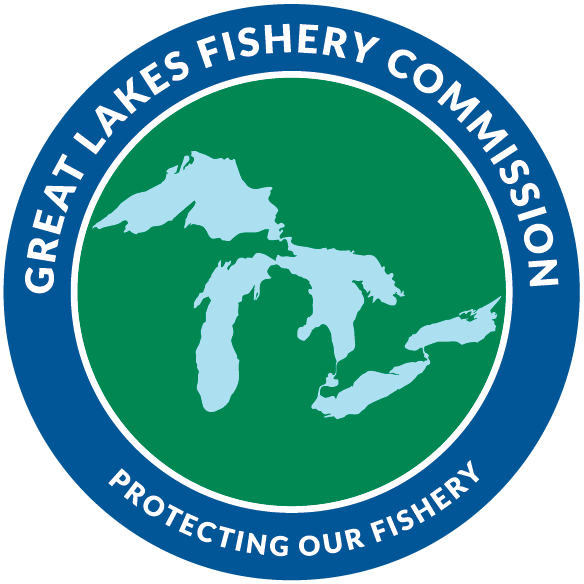Updated 2024-11-22 14:35:47
Lake Superior -> 3.0 Lake Trout -> Ratio of Lean to Siscowet Lake Trout
Reporting Interval
2017 - 2021
Area
Lakewide
Meeting Target?
Meets
Indicator Trend
No trend
Confidence?
High
3.1.4 Lean lake trout dominant form in nearshore waters and siscowet dominant form in offshore waters.
The Lake Superior Technical Committee (LSTC) has defined nearshore waters as those <72m and offshore waters as those >72m for assessing the proportion (dominance) of lean lake trout relative to siscowet lake trout. The siscowet population survey time series was used to assess this indicator because the survey covers the broadest range of depth strata in Lake Superior. For nearshore waters (depths <72m), lean lake trout continue to dominate the catch, comprising 52% of the catch composition for nets set in this depth strata. For offshore waters (depths >72m), siscowet lake trout, by far, are are the dominant lake trout morphotype, accounting for 98% of the catch composition for nets set in this depth strata. This distribution, with lean lake trout being dominant in nearshore waters, and siscowet lake trout dominant in offshore waters is consistent with previous reporting periods.
Figure 1. Lean and siscowet lake trout CPUE (fish per kilometer) for nearshore (0-72m) and offshore (72-402m) depths in Lake Superior, 2017-2021.
Methodology
The Lake Superior Technical Committee (LSTC) initiated a study of siscowet populations in U.S. waters of Lake Superior in 1996. Five agencies participated in the study, and the LSTC felt that another survey was warranted in 1997 to collect information from a different season. Another survey was conducted in June 2000 and the LSTC agreed to conduct lakewide surveys of siscowets on a regular basis (every 3 years) after 2000. Surveys were also conducted in similar fashion in the eastern Ontario waters in August 1998, June 1999, and June 2000.
The survey of siscowet populations was conducted in eleven lake trout management units of Lake Superior from June 1996 through June 2021. Sites were chosen based on the proximity to docking faciliites and access to waters of at least 600 feet deep. The goal of assessing siscowet populations throughout the lake is to gain a broader understanding of their ecological role in Lake Superior and to determine fish abundance, food habits, and age and size composition. Six depth strata (0-36 meters (0-114 feet), 37-72 meters (120-239 feet), 73-109 meters (240-359 feet), 110-145 meters (360-479 feet), 146-182 meters (480-599 feet), and 183+ meters (600+ feet) deep) are targeted with multifilament nylon gillnets generally 1.8 meters (6 feet) high by 91.4 meters (300 feet) long and mesh sizes from 50.8 millimeter (2 inch) to 152.4 millimeters (6 inches) hung on the 12.7 millimeter (0.5 inch) basis. Specific net size and mesh composition varies by jurisdiction.
Other Resources
2023 Lake Committee Meeting Presentations:
Status of Lake Trout in Lake Superior, Mike Seider USFWS
Contributing Author(s)
- Lake Superior Technical Committee -

